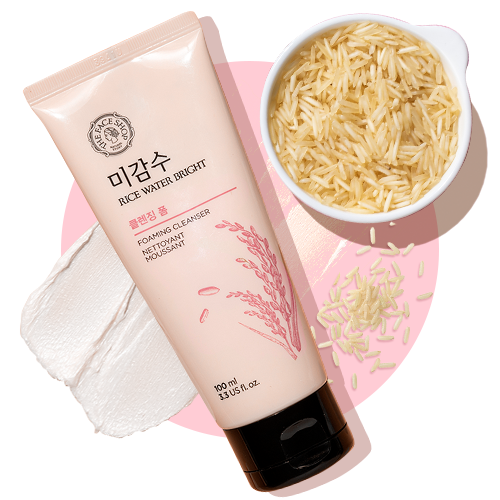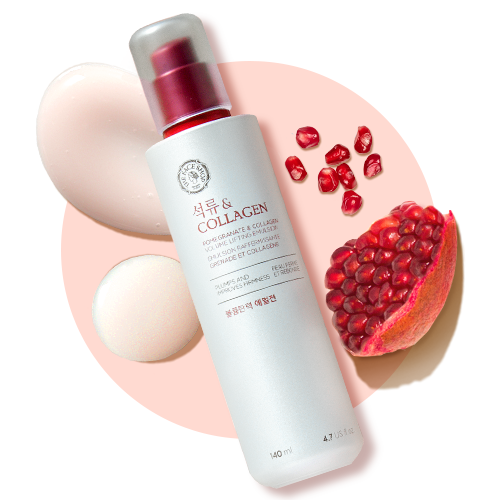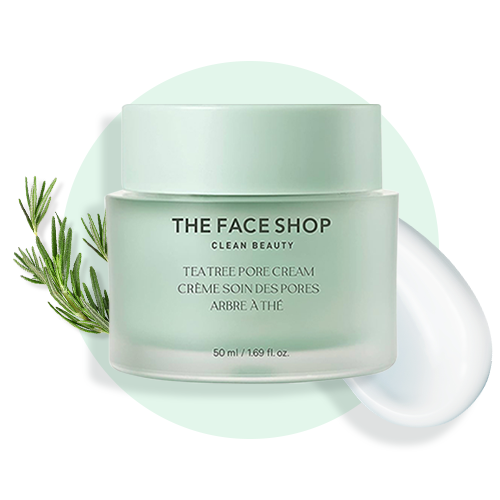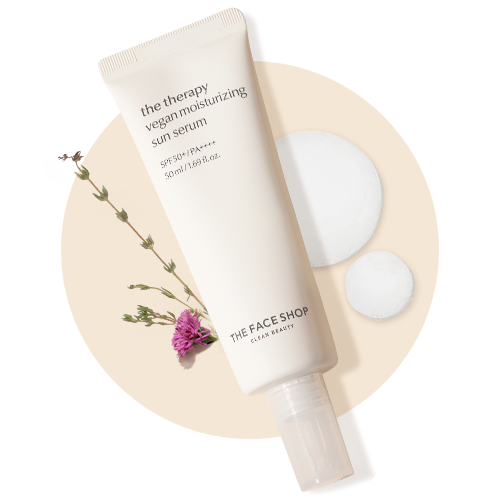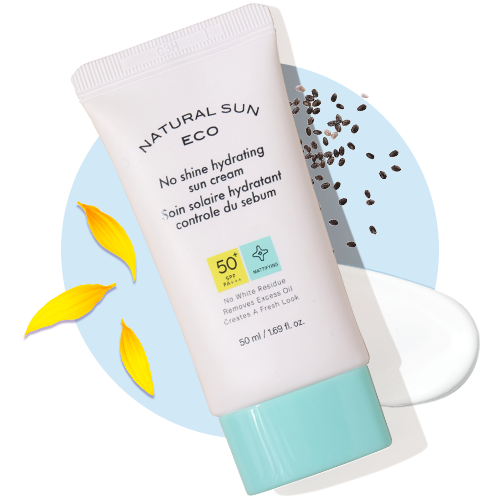Confused about SPF numbers and those mysterious PA+ symbols on your sunscreen? While most people understand that higher SPF means better protection, the PA rating system remains a mystery. Here's what dermatologists want you to know about these crucial protection indicators.
Understanding UV Radiation Types
UVB Rays: The Burning Culprit
UVB rays affect the skin's surface and cause:
- Immediate sunburn and redness
- DNA damage in skin cells
- Increased skin cancer risk
- Peak intensity between 10 AM-4 PM
SPF measures protection against UVB rays. SPF 30 blocks 97% of UVB rays, while SPF 50 blocks 98%.
UVA Rays: The Silent Ager
UVA rays penetrate deeper and cause:
- Premature aging and wrinkles
- Dark spots and hyperpigmentation
- Collagen breakdown
- Present all day, even through windows
Decoding the PA Rating System
Developed in Japan, PA (Protection Grade of UVA) measures UVA protection:
- PA+: Some UVA protection
- PA++: Moderate UVA protection
- PA+++: High UVA protection
- PA++++: Extremely high UVA protection
Why PA Ratings Matter
2025 dermatology research emphasizes UVA protection for preventing photoaging. Studies show PA+++ and PA++++ ratings provide better protection against collagen degradation and age spot formation.
Korean Skincare Advantage
Korean sunscreens often feature superior PA ratings. [The Face Shop's NaturalSun Eco No Shine Hydrating Sun Cream](https://thefaceshop.in/products/naturalsun-eco-no-shine-hydrating-sun-cream) combines SPF50+ PA+++ protection in a lightweight formula.
Korean brands prioritize PA ratings because:
- Prevention-focused skincare philosophy
- Advanced sunscreen technology
- Consumer demand for comprehensive protection
Choosing the Right Protection
Daily Use
Minimum SPF 30 with PA++ for everyday activities. [The Therapy Vegan Moisturizing Sun Serum](https://thefaceshop.in/products/the-therapy-vegan-moisturizing-sun-serum) offers this protection with hydration benefits.
Extended Outdoor Exposure
SPF 50+ with PA+++ or PA++++ for beach days and outdoor sports. [Power Long-Lasting Suncream SPF50+ PA+++](https://thefaceshop.in/products/power-long-lasting-suncream-spf50-pa) provides water-resistant protection.
Sensitive Skin
Mineral-based formulas work best. [The Therapy Vegan Sunscreen Stick SPF50+](https://thefaceshop.in/products/the-therapy-vegan-sunscreen-stick-spf50) offers convenient, gentle application.
Common Sunscreen Myths
Myth: Higher SPF always means better protection
Reality: SPF 30 blocks 97% of UVB rays vs SPF 100's 99%. PA rating makes the bigger difference.
Myth: No sunscreen needed indoors
Reality: UVA rays penetrate windows, making daily application important.
Application Science
Dermatologists recommend:
- 1/4 teaspoon for face and neck
- Reapplication every 2 hours
- 15-minute wait before sun exposure
- Don't forget ears, neck, and around eyes
The Future of Sun Protection
2025 research shows exciting developments:
- Antioxidant-enhanced formulas
- Smart sunscreens adapting to UV intensity
- Reef-safe ingredients
- Blue light protection technology
Conclusion
Understanding both SPF and PA ratings empowers informed sunscreen choices. While SPF protects against burning, PA ratings safeguard against aging. Choose products with minimum SPF 30 and PA++ for daily use, upgrading to SPF 50+ and PA+++ for extended outdoor activities.
The best sunscreen is one you'll use consistently. Whether preferring lightweight serums or convenient sticks, prioritize comprehensive UVA and UVB protection for healthier, younger-looking skin.
